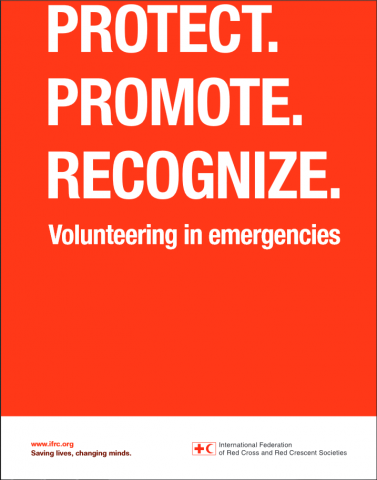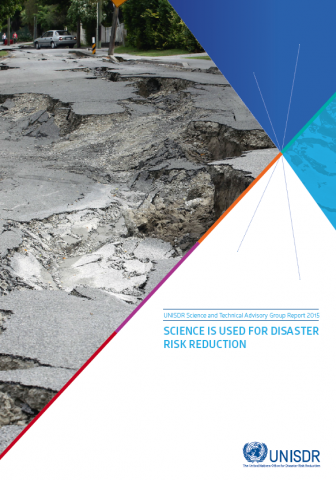Science is used for disaster risk reduction


This report discusses the role of science and technology in disaster risk reduction (DRR) and management and provides commitments on behalf of the science and technology communities to assist with the implementation of the post-2015 framework for disaster risk reduction. It presents case studies identifying some common themes for success, including more inclusive community participation in the development of science-informed initiatives, clear leadership and high-level commitment to implement and sustain interventions in the long term.
The report makes the following recommendations to help strengthen DRR policies and practices: (i) share knowledge for action; (ii) use a multidisciplinary approach to research; and (iii) build systems resilience through local, national, regional and international partnerships. It offers guiding principles and illustrations through the case studies to promote this sharing of information, and thus promote knowledge transfer to policy-makers and other disaster risk reduction partners.
– UNISDR, 2015
